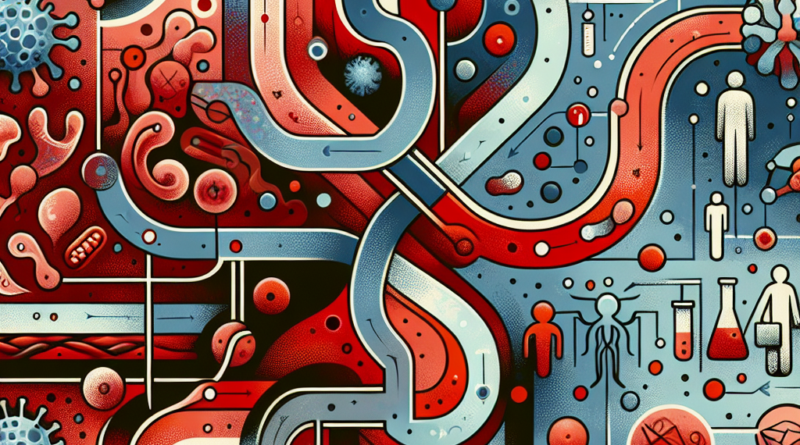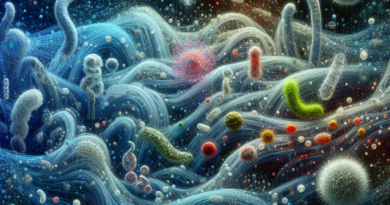Epidemiological Trends of Non-O157 Shiga Toxin-Producing E. coli Outbreaks in the USA
Understanding Shiga Toxin-producing Escherichia coli (STEC)
Escherichia coli (E. coli) are a diverse group of bacteria found in the environment, foods, and intestines of people and animals. While most strains of E. coli are harmless, some can cause serious foodborne illness. One of these pathogenic strains is known as Shiga toxin-producing E. coli (STEC), which can lead to severe symptoms ranging from mild diarrhea to life-threatening conditions like hemolytic uremic syndrome (HUS).
STEC infections are usually transmitted through consumption of contaminated food or water, direct contact with animals, or person-to-person spread. The most notorious STEC serogroup is O157:H7, often associated with outbreaks and severe illness. However, there are over 50 non-O157 STEC serogroups that can also cause illness. The detection of these non-O157 STEC infections has increased due to more sensitive diagnostic tests, such as enzyme immunoassays and polymerase chain reaction, which can detect Shiga toxins or their genes in stool samples.
Detailed Results of the STEC Study
Methods and Outbreak Definitions
The study defined an outbreak as two or more epidemiologically linked illnesses with culture-confirmed non-O157 STEC infection of the same serogroup. The researchers used multiple data sources to identify outbreaks, including surveillance systems and direct contact with state health departments. They collected detailed information on the outbreaks, including the number of illnesses, hospitalizations, and cases of HUS.
Quantifiable Outcomes from the Data
The study identified 46 outbreaks in 26 states, resulting in 1,727 illnesses, 144 hospitalizations, and one death. The majority of these outbreaks occurred between 2007 and 2010. Serogroups O111 and O26 were responsible for 66% of the single-aetiology outbreaks. Foodborne outbreaks were larger in size compared to other transmission modes, and 92% of all HUS cases were linked to foodborne outbreaks. Person-to-person spread was common in childcare centers, accounting for 87% of such outbreaks.
Multiple-aetiology outbreaks, which involved more than one pathogen, accounted for 841 illnesses. These outbreaks were more frequently transmitted through water or animal contact and were more common in children aged 5–19 years. The study also found that outbreaks with stx2-positive strains were significantly more likely to have reported HUS cases than outbreaks with stx1-only positive strains.
Impact and Future Prospects of STEC Research
The study’s findings highlight the increasing recognition of non-O157 STEC as causes of enteric disease outbreaks in the USA. This increase coincides with the rise in reporting of sporadic non-O157 STEC infections, which is related to the increasing use of assays that detect Shiga toxins in clinical laboratories.
These results underscore the importance of testing for Shiga toxin in patients with community-acquired diarrhea to identify all pathogenic non-O157 STEC strains. Improved detection and reporting can enhance our understanding of these pathogens and lead to better prevention and control measures.
Future research should focus on developing more efficient detection methods for non-O157 STEC and understanding the factors that contribute to the spread of these bacteria. Additionally, public health efforts should aim to educate the public on proper food handling and hygiene practices to prevent the spread of STEC infections.
Reference
LUNA-GIERKE, R. E., GRIFFIN, P. M., GOULD, L. H., HERMAN, K., BOPP, C. A., STROCKBINE, N., & MODY, R. K. (2014). Outbreaks of non-O157 Shiga toxin-producingEscherichia coliinfection: USA. Epidemiology and Infection, 142(11), 2270–2280. http://dx.doi.org/10.1017/S0950268813003233




